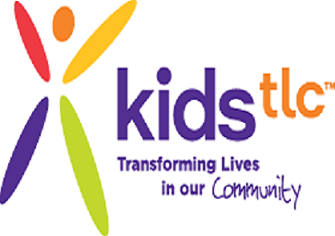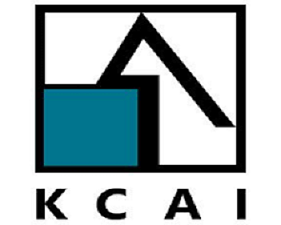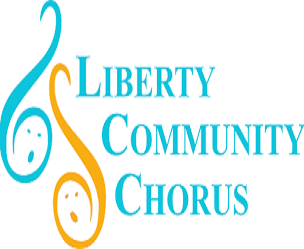14 Jun Administration for Children Youth and Families – Family and Youth Services Bureau – Basic Center Program
The Family and Youth Services Bureau (FYSB) recently opened applications for its Basic Center Program (BCP). As with many federal grant opportunities, there are a lot of “so” questions that come to my mind. So, what is the BCP? Funded under the Runaway and Homeless Youth Act passed in 1974, BCP works to establish or strengthen community-based programs that meet the immediate needs of youth and families of youth, who have run away from home or are experiencing homelessness. The purpose of the BCP is to provide emergency shelter and counseling services to youth under the age of 18 who meet one or more of the following criteria:- have left home without permission of their parents or guardians;
- have been forced to leave their home;
- cannot live safely with a parent, legal guardian, or relative;
- have no other safe alternative living arrangement; or
- are experiencing homelessness and might otherwise end up in contact with law enforcement or in the child welfare, mental health, or juvenile justice systems.
14 Jun Presentation Matters: How to Organize Grant Proposal Narratives by AGS Staff
Posted at 12:08h
in AGS Staff, Case Statements, Competency Four, Narrative, Program Design, Program Development, Writing
Grant proposals consist of a variety of components depending on each grant’s requirements. Most require some form of a budget, whether that is a simple project budget or a complex organizational budget, or both. Some will also include a budget narrative or justification and any number of other attachments. But in any grant proposal, the narrative is where you will likely spend most of your time. Fortunately, the proposal’s narrative is the fun part! This is where you get to put your storytelling skills to work. So how do you get started? Much like an author would begin a novel, start with an outline.







